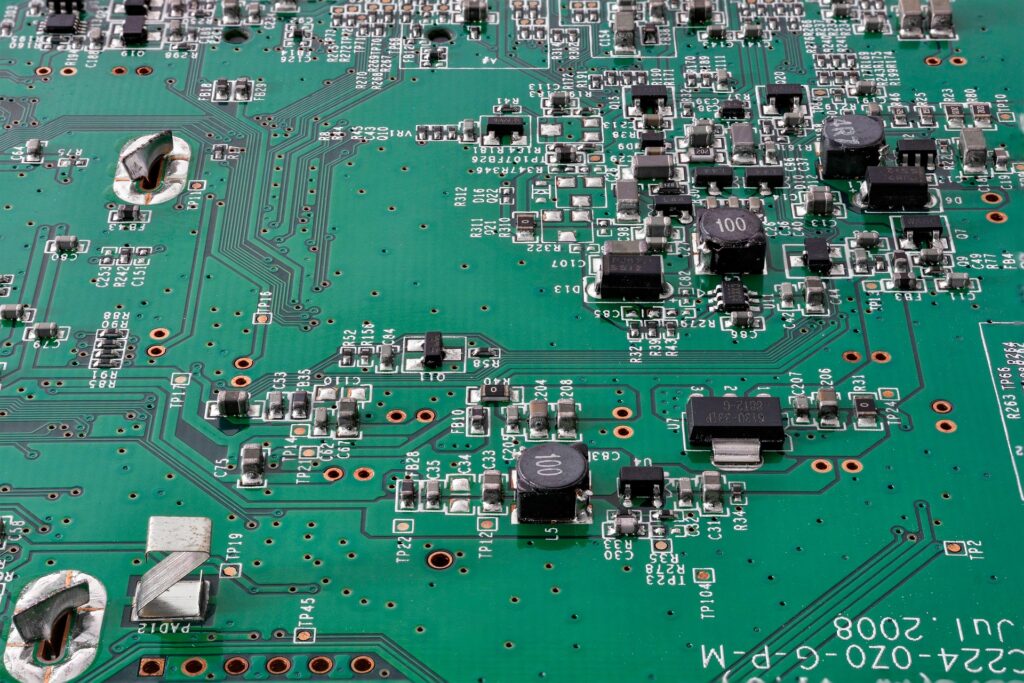In today’s digital world, technology is seamlessly woven into our daily lives. From your microwave and washing machine to your car and smartphone—many of the devices we use rely on something called embedded systems. But what exactly are embedded systems, and why are they so important?
In this guide, we’ll break down the concept of embedded systems in simple terms, explore where they’re used, and understand how they shape the modern world.

What is an Embedded System?
An embedded system is a specialized computer that performs a dedicated function within a larger system. Unlike general-purpose computers like laptops or desktops, embedded systems are designed to do one specific job, often in real-time.
They are called “embedded” because they are embedded into the hardware they control.
Definition:
An embedded system is a combination of hardware and software designed to perform a specific task within a larger mechanical or electrical system.
Key Characteristics of Embedded Systems
- Task-Specific: They are built for a particular function (e.g., controlling a thermostat or processing signals in a washing machine).
- Real-Time Operation: Many embedded systems must respond to inputs instantly, especially in applications like cars or medical devices.
- Resource-Constrained: They often have limited computing power, memory, and storage compared to regular computers.
- Reliability and Efficiency: Designed for stability and low power usage, often operating for years without failure.
Examples of Embedded Systems
You probably interact with dozens of embedded systems daily, often without realizing it. Some common examples include:
- Consumer Electronics: Smart TVs, washing machines, digital cameras
- Automotive Systems: Anti-lock braking system (ABS), airbag controllers, engine control units (ECU)
- Medical Devices: Pacemakers, infusion pumps, imaging systems
- Industrial Applications: Robotic arms, temperature controllers, factory automation
- Home Automation: Smart thermostats, security systems, light control
- Telecommunications: Routers, switches, baseband processors in cell towers
Components of an Embedded System
An embedded system typically consists of the following:
1. Hardware
- Microcontroller or Microprocessor: The “brain” of the system that processes data.
- Memory: RAM and ROM for storage and execution.
- Input/Output Interfaces: To communicate with sensors, displays, or other devices.
2. Software
- Firmware: Low-level software programmed into the hardware.
- Operating System (optional): Some embedded systems use real-time operating systems (RTOS) to manage tasks efficiently.
Types of Embedded Systems
Embedded systems can be categorized by complexity and application:
- Standalone Embedded Systems
- Work independently (e.g., digital watches, calculators).
- Real-Time Embedded Systems
- Provide real-time output (e.g., flight control systems).
- Networked Embedded Systems
- Connected to a network (e.g., smart home devices).
- Mobile Embedded Systems
- Found in portable devices (e.g., smartphones, GPS trackers).
Benefits of Embedded Systems
- Compact and Lightweight: Small in size, easily integrated.
- Energy Efficient: Consumes low power.
- Reliable and Robust: Designed to run for years with minimal failure.
- Cost-Effective: Low production cost when manufactured at scale.
Challenges in Embedded Systems
- Limited Resources: Working with restricted memory and processing power.
- Real-Time Constraints: Delays can lead to critical failures (e.g., in automotive or medical devices).
- Security Risks: As more devices connect to the internet, embedded systems become targets for cyber attacks.
The Future of Embedded Systems
With the rise of the Internet of Things (IoT), embedded systems are becoming even more crucial. They are the building blocks of smart devices, smart homes, smart cities, and connected cars.
Technologies like AI, machine learning, and 5G are also being integrated into embedded systems, enabling smarter and faster decision-making at the edge.
Conclusion
Embedded systems are the silent workhorses behind modern electronics. Though they often go unnoticed, they power much of the technology we depend on every day. Understanding how they work not only gives you insight into how your devices operate but also opens up a world of innovation for aspiring engineers and tech enthusiasts.
Whether you’re a student, hobbyist, or professional, embedded systems are a fascinating and vital part of the technology landscape.
Read my other blogs:
C Program to find Given Number is Prime or not.
Write a program to find Factorial Numbers of a given numbers.
Embedded C language Interview Questions.
Automotive Interview Questions
Understanding AUTOSAR Architecture: A Guide to Automotive Software Integration
Big Endian and Little Endian in Memory
Zero to Hero in C language Playlist
Embedded C Interview Questions
Subscribe my channel on Youtube: Yogin Savani
